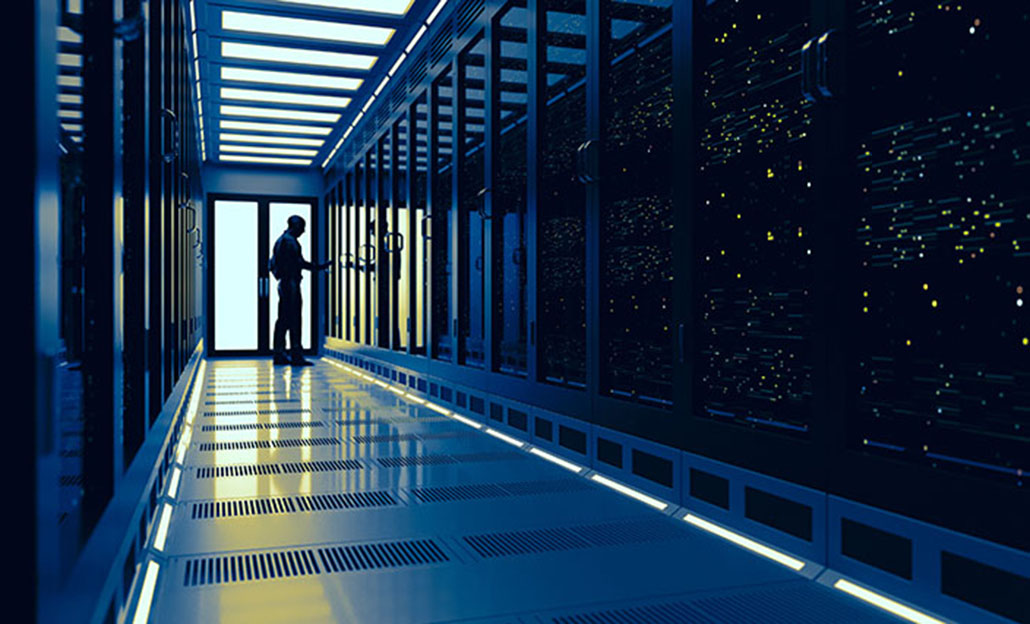Blog / News
- HOME
- About
- Blog / News

by Kelly McClure, Vice President of Global Marketing
The top 7 tech trends we have identified for 2021 are customer experience, data integration, digital cultures, digital innovation, composable enterprises, automation, and microservices and service mesh. These trends are all part of the transitioning of digital transformation from “on the horizon” to “implement it as soon as possible—or even sooner.” Moving business, eCommerce, meetings, conferences, and operations online became critical survival in 2020, and even now, in 2021, digital transformation is top of mind for everyone.
Companies that want to thrive and outpace the competition need to adopt all seven of these trends. If that seems like a Herculean effort, we have good news. There is a step you can take that will put all these trends within reach: modernizing and migrating legacy apps and databases to a modern cloud infrastructure. So, we’re compiling a series of blogs that tackles each of the seven trends and explains how modernization and migration can make them happen. We started with customer experience (CX), followed by data integration. This blog is about the third trend—digital culture.
Digital culture club
This year, much of the business workforce is still remote, and enterprises have reevaluated and changed processes to ensure that productivity levels don’t falter, and employees remain safe. This may not be temporary. It appears that some employees who are working from home may choose not to return to the office in the long term. Onsite client visits, trade shows, and big tech events remain virtual. Companies are in new territory, trying to build and nurture digital cultures that rely on technology to meet customer demands and get work done.
A strong digital culture supports an always-on workforce and facilitates employee engagement with intuitive consumer-grade apps that connect to data from multiple tools and systems, delivering critical customer information or operations insights seamlessly. It is fueled by employee self-service portals and mobile apps that enable high productivity safely even when working conditions or workplace rules change unexpectedly. It offers automation that handles help questions or simple customer service interactions so employees can focus on urgent customer issues. And, it has completely mastered the delivery of virtual events for customers and prospects.
There’s a line in the Culture Club song, “Karma Chameleon,” that applies to building and growing a healthy digital culture. That line is “Don’t string me along.” The process can’t be piecemeal, with single apps that only accomplish one task or that only work on certain devices. You need to deliver interconnected, high-performing applications that support innovation and execution in a digitally enabled business environment.
Modernization could be so easy
Providing employees with modern, easy-to-use, and high-performing apps does not have to be a complex, seemingly endless endeavor with lengthy downtime and lots of new app development. Sensible options are available, such as mainframe migration, legacy app modernization, and cloud database management. All offer what you need to move to the cloud while keeping confidential applications and data safe and secure.
Mainframe migration and legacy app modernization move applications to a cloud-based environment with no reformatting, code changes or user impact. This new environment runs a special legacy modernization platform that provides the development and execution environment required by traditional mainframe programming technology. You gain the agility, reliability and scalability of an open, modern system on the cloud and the cost savings are substantial. This leaves more resources for building the innovative digital solutions that support a digital culture because legacy maintenance is significantly reduced.
After migrating mainframe apps to a cloud environment that supports modern business-to-employee app development, you can take the second big step needed for holistic modernization—moving mainframe data to the cloud and implementing an RDBMS with the architecture for a reliable, high-performance database. Your data resides in an isolated database tier that supports industry-standard SQL databases and a database management system that delivers data your employees need and enables agility and flexibility.
Nurture your digital culture with TmaxSoft
Two TmaxSoft products, OpenFrame and Tibero, can provide the legacy modernization platform and RDBMS that can serve as foundation for developing and delivering the unified, employee-centric that are at the core of digital culture. Learn more about the benefits of modernizing your infrastructure in this eBook.
About Kelly McClure
Kelly McClure is the Vice President of Global Marketing for TmaxSoft. Her 20-year marketing career spans both Fortune 1000 companies and fast growth technology startups. Kelly is responsible for leading TmaxSoft’s marketing strategy. She is experienced in aligning marketing and sales, building relevant content and messaging and developing integrated lead generation campaigns. Before joining TmaxSoft, Kelly served as the Vice President of Marketing for 10th Magnitude and held senior marketing roles with DataStax, BMC Software and Micro Focus. Kelly has a bachelor’s degree from Purdue University and an MBA from Loyola University Chicago.